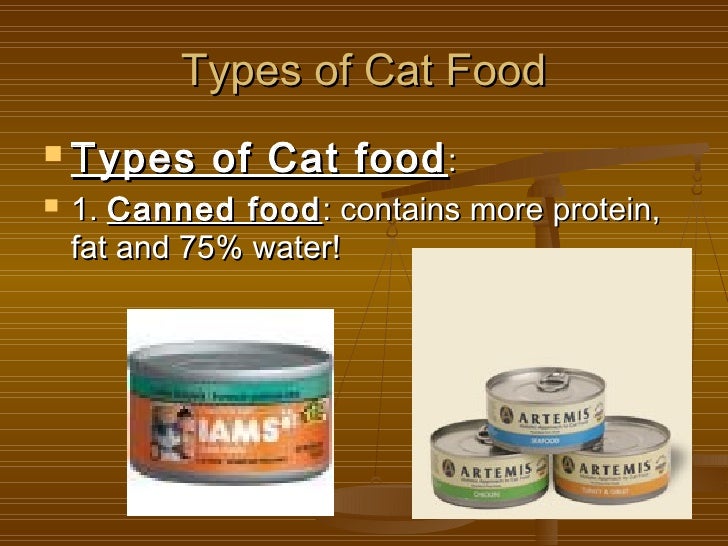"A Window into Your Cat's World: Learning to Understand their Behavior" - An Overview

Translating Cat Behavior: Understanding Your Feline Friend
Pussy-cats have been domesticated for thousands of years, yet they still have many of the behaviors and intuitions of their crazy ancestors. Understanding these behaviors can help feline owners offer a secure and enriching atmosphere for their feline close friends. In this blog article, we will decode some typical kitty behaviors and discover what they mean.
1. Purring: The Language of Contentment
One of the most distinctive audio a kitty makes is purring. Typically affiliated with satisfaction, purring can additionally represent various other emotional states such as anxiety or ache. Pussy-cats might purr when they are satisfied, relaxed, or looking for attention. It's important to recognize your kitty's physical body foreign language along with the purring audio to establish its accurate meaning.
2. Aerating: A Sign of Comfort
Have you ever discovered your cat manipulating on a smooth area? This behavior is reminiscent of the actions kitties execute while nursing coming from their mom. Working is a sign that your pet cat feels pleasant and protected in its environment. It's a way for cats to note their area and share satisfaction.
3. Meowing: Communication Tool
Pet cats are not normally singing pets like pets; nevertheless, they have found out to interact with human beings with meowing. Each meow can impart different notifications relying on the tone, pitch, and magnitude. Some meows may be a ask for for food items or interest while others might indicate grief or distress.
4. Litter Box Make use of: Preserving Cleanliness
Felines are known for their cleanliness, and this stretches to their washroom habits as properly. Making use of the litter carton happens naturally to a lot of pussy-cats as it imitates the sense of digging in loose dirt outdoors. Nonetheless, modifications in trash carton behavior could show health problems or stressors that require attention.
5. Scratching: Instinctual Behavior
If you've ever before possessed furniture damaged by your fuzzy good friend, you're not on your own. Scratching is Answers Shown Here for felines that assists them stretch, mark their area, and maintain the wellness of their paws. Providing felines with ideal scratching blog posts and regularly trimming their nails can assist reroute this behavior.
6. Tail Language: Mood Indicator

A pussy-cat's rear may be a excellent red flag of its state of mind. A tail stored high represents self-confidence and contentment, while a puffed-up tail shows fear or hostility. Paying for focus to your kitty's rear language may aid you better understand its emotional condition and change your communications accordingly.
7. Pouncing: Hunting Instincts at Play
Cats are all-natural hunters, and also domesticated felines preserve their aggressive impulses. Pouncing on playthings or innocent feet is an channel for these inclinations. Engaging in involved leisure with your pet cat can accomplish its looking needs while offering mental excitement.
8. Hissing and Growling: Defensive Behaviors
When experiencing endangered or defensive, felines might turn to hissing or growling as warning indications. These vocalizations are come with by various other body foreign language signals such as flattened ears and an arched back. It's essential to give your feline space when it shows these behaviors to steer clear of potential hostility.
9. Kitten-like Behaviors: Nurturing Intuitions
Some grownup kitties show kitten-like behaviors such as manipulating, suckling on blankets, or holding playthings in their oral cavities. These behaviors are frequently linked with nurturing intuitions and can easily be viewed as indicators of comfort and security.
10. Scalp Bunting: A Sign of Affection
When a feline rubs its scalp against you or objects in your home, it's understood as head bunting or denoting actions. This activity leaves behind fragrance pens that signify possession and familiarity—a method for felines to reveal affection in the direction of their managers.
Understanding pet cat behavior is an on-going process that calls for monitoring, determination, and understanding of feline instincts. Through translating these behaviors and responding appropriately, cat owners may cultivate a stronger connect with their feline friends and produce a unified living environment for everyone entailed.
